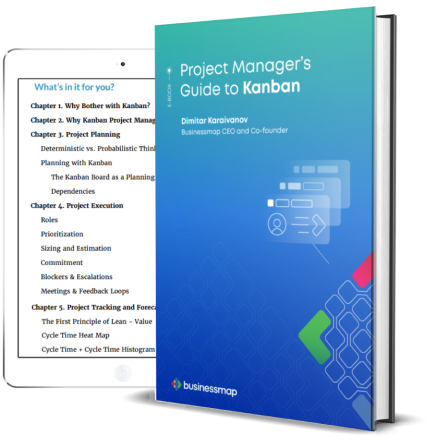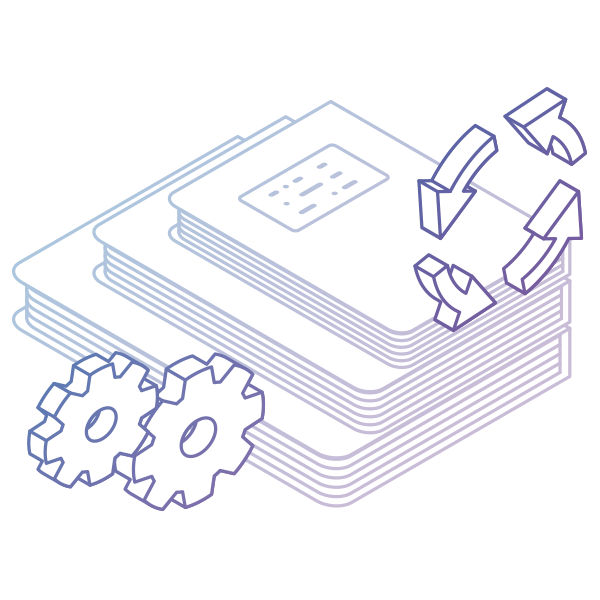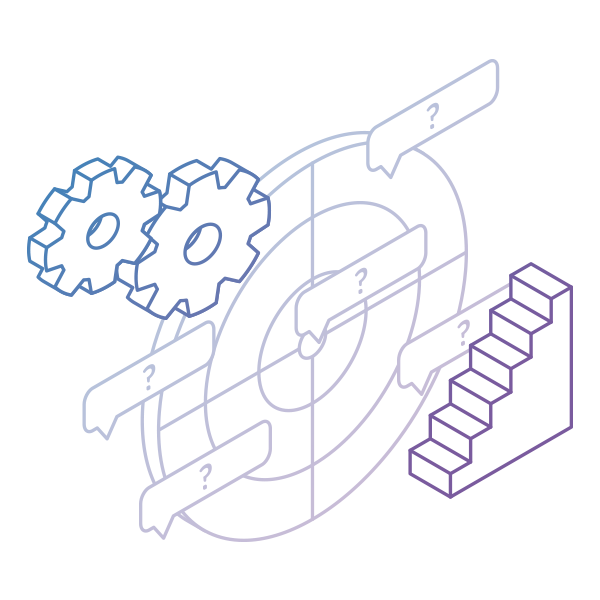Key Takeaways
-
What is Poke-Yoke in Lean? Poka-Yoke means "mistake-proofing" in Japanese and is a Lean method to prevent errors.
-
How it works: Poka-Yoke works through physical design, process constraints, or alerts to prevent or detect errors.
-
How to use it: You can implement Poka-Yoke using tools like checklists, sensors, visual controls, or software integrations.
What Does Poka-Yoke Mean and Where Did It Come From?
Poka-Yoke (pronounced poh-kah yoh-keh) is one of Lean's most effective mistake-proofing tools. It's designed to eliminate human errors by preventing mistakes before they happen - or at the very least, by catching them early.
This technique is simple, cost-effective, and powerful. Whether you're in manufacturing, services, or software development, Poka-Yoke can help you deliver better quality with less waste.
Poka-Yoke was developed in the 1960s by Shigeo Shingo, an engineer at Toyota. The original term baka-yoke ("fool-proofing") was later softened to poka-yoke, meaning "mistake-proofing" or "avoiding inadvertent errors."
It was part of Toyota's Zero Quality Control initiative - ensuring that defects are prevented, not just detected.
 Lean car manufacturing process
Lean car manufacturing process
Why Is Poka-Yoke Important?
Poka-Yoke supports Lean's goal of building quality into the process, not inspecting it later.
By preventing errors at the source, Poka-Yoke helps teams:
- Deliver consistently high-quality outputs.
- Reduce waste from rework or defects.
- Build safer and more reliable systems.
- Support continuous improvement (Kaizen).
- Lower costs without compromising standards.
Types of Poke-Yoke Methods
| Method |
Description |
Example |
| Contact Method |
Detects deviations using physical attributes like shape or size. |
A plug that only fits one way to ensure proper connection. |
| Constant Number Method |
Triggers an error if a specific number of actions or components is missing. |
Counting screws before assembly to ensure all are used. |
| Sequencing Method |
Ensures a set sequence of operations is followed using checklists or prompts. |
Using a digital checklist to confirm steps are completed. |
| Shutout Type |
Prevents the mistake from being made in the first place. |
Washing machine doesn't start unless door is closed. |
| Attention Type |
Alerts or highlights when an error has occurred, prompting correction. |
Alarm sounds if car is in gear and the door is open. |
10 Years Kanban Experience In 1 Free Book.
Project Manager's Guide to Kanban
When and Where to Use Poka Yoke?
You can use Poka Yoke almost anywhere a mistake could happen - across manufacturing, logistics, healthcare, software, customer service, and more.
Common use cases include:
-
Setup errors (wrong tools or settings)
-
Assembly errors (missing or incorrect parts)
-
Operational errors (wrong steps or sequence)
-
Measurement errors (wrong input or dimensions)
In Lean Six Sigma, Poka Yoke is often used during the Improve and Control stages of DMAIC.
How to Implement Poka Yoke in Your Process (Step-by-Step)
Poka Yoke is all about simplicity. You can start small and scale it. Here's a practical approach:
1. Identify Where Errors Happen
Look for recurring mistakes or defects in your workflow. Use tools like the 5 Whys to trace back the root cause.
2. Understand the Type of Error
Is it a setup error, a missing part, a wrong item, a wrong sequence, or a measurement error? Define it clearly.
3. Choose the Right Poka Yoke Type
You can either:
- Prevent the mistake (shutout type), or
- Detect and alert it (attention type).
4. Pick a Suitable Method
Determine whether a contact, a constant number, or a sequencing method is most appropriate to use in your scenario.
5. Test and Refine
Try out the solution. Does it work under real conditions? Does it prevent or detect the mistake consistently?
6. Train the Team
Make sure everyone knows how the new mechanism works and why it's important.
7. Measure and Improve
Track if the problem stays resolved. Adjust the solution or add new Poka Yokes as your process evolves.
Everyday Examples of Poka Yoke
You may already use Poka Yoke without realizing it. Here are some real-life and industrial examples:
| Example |
What It Prevents |
| Washing machine won't start unless the door is closed |
Prevents leaks/flooding |
| Child-proof sockets |
Prevents accidental electric shock |
| Car won't start unless clutch (manual) or brake (auto) is pressed |
Prevents sudden movement |
| SIM cards only fit one way |
Prevents incorrect insertion |
| Assembly line sensors |
Detect missing or misaligned parts |
What Software or Tools Support Poka Yoke?
While Poka Yoke often involves physical changes, digital tools can also play a role. Here's how platforms can support mistake-proofing:
- Automated rules & conditions (e.g., task cannot move forward unless required fields are filled)
- Checklists for standard steps
- Visual process mapping (makes gaps visible)
- Real-time alerts and notifications
- Integrated quality checks
Final Thoughts
Poka Yoke is more than just a Lean technique - it's a mindset. By designing processes that make errors difficult (or impossible), you create a culture of doing things right the first time.
As Shigeo Shingo emphasized: "The idea behind Poka Yoke is not to punish errors but to design systems that make errors impossible."
Businessmap is the most flexible software
to align work with company goals





 Lean car manufacturing process
Lean car manufacturing process



